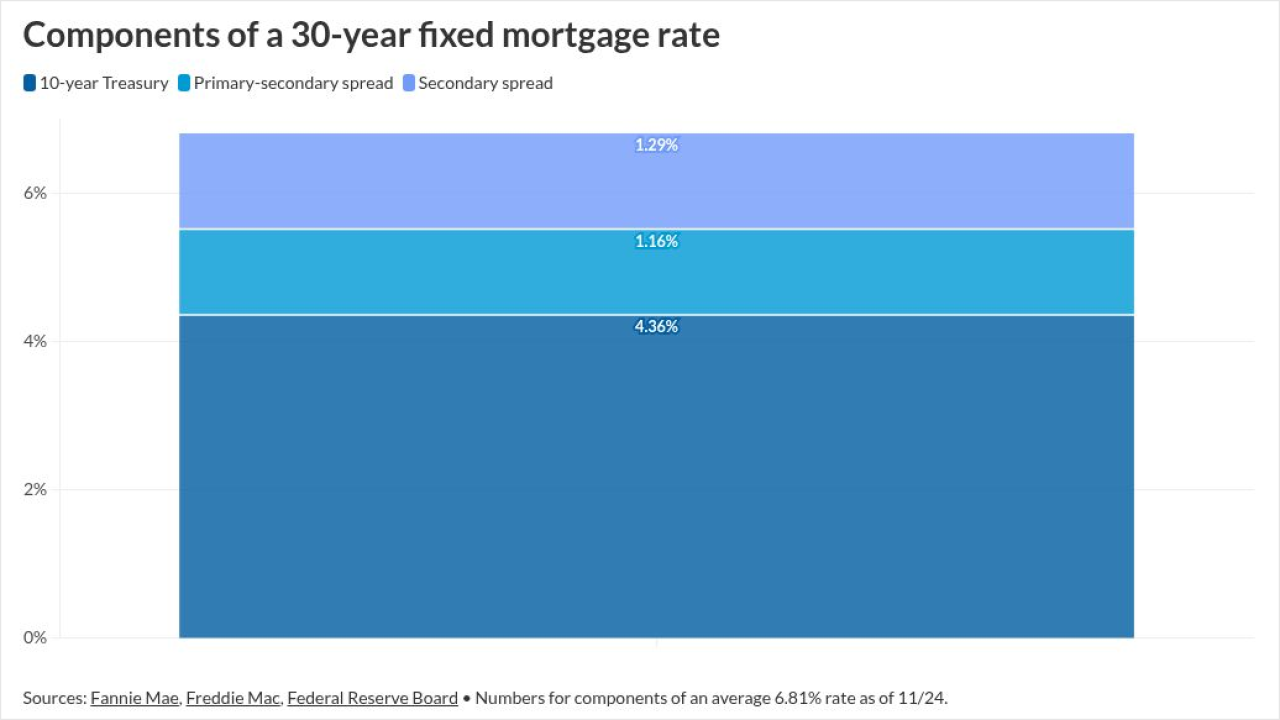Liability Management Exercises (LMEs) reached record levels this summer, arriving at a penultimate high in July following June's record, according to capital markets data firm PitchBook. The trend of LMEs exceeding defaults is likely to continue, prompting CLO managers and investors to devote extra resources to address LME-related complications in CLO deals.
Described as soft defaults, LMEs enable corporate borrowers foreseeing financial challenges on the horizon to reorganize their finances and reduce the likelihood of more costly and disruptive defaults and bankruptcies. Their number climbed to an all-time high of 32 in June's trailing 12-month calculation, according to PitchBook, and eased only slightly in July, to 30. That compares to only 16 in July 2023, and four the previous July.
There are so many of these situations [involving LMEs] taking place that it was clogging up our regular research analyst system.
LMEs, which take a variety of forms and typically pit one subset of creditors against another, have not only outnumbered payment defaults for the first time, but they have done so every month this year.
"In terms of share of the restructuring landscape over the last twelve months, LMEs comprise 64% of the count, up from 47% at the end of 2023 and, 53% at the end of 2022, and 55% at the end of 2021," according to PitchBook's August 1 report by Rachelle Kakouris.
Managers of collateralized loan obligations (CLOs) have taken note and are adapting to LMEs seemingly becoming an unavoidable part of the leverage loan market. Earlier this year, for example, Franklin Resources' Benefit Street Partners (BSP) named Brent Buckley to the newly created position of global head of restructuring for CLOs. Another global asset manager, First Eagle Alternative Credit, with more than $100 billion in assets under management has taken a similar step.
"There are so many of these situations [involving LMEs] taking place that it was clogging up our regular research analyst system, and we decided to move a senior executive to focus on all the negotiations and workouts that are occurring," said Michael Herzig, senior managing director and head of business development at First Eagle.
In fact, investors in CLOs are looking for that expertise.
"We want to make sure CLO managers have the expertise to navigate these transactions, and also that a CLOs' own documentation gives its manager the flexibility to deal with these situations," said Jordan Sauer, senior vice president at Beach Point Capital Management, which manages and invests in CLOs.
Prior to joining Beach Point in 2018, Sauer was an associate at Wachtell, Lipton, Rosen & Katz, where he specialized in restructuring and finance. He said that the $17 billion asset manager's co-chairmen, Carl Goldsmith and Scott Klein, both have law degrees, and that legal expertise is essential when dealing with distressed credit.
"Unlike equity, a credit contract basically says what the company is allowed to do, and the courts will respect that," Sauer said. "So, it's essential to have that expertise inhouse."
Sauer said that Beach Point expects the use of LMEs to remain elevated over the next year or two, given the record volume of leveraged buyout (LBO) activity in 2021 that generated loans maturing in 2027 and 2028. He added that corporate borrowers typically seek LMEs three or four years before an existing loan matures. Even if the Federal Reserve lowers interest rates significantly, interest payments are likely to remain well above 2021 levels, when rates were close to zero.
"So, you have a lot of companies that can't service their interest burdens, and a lot of these capital structures are just not able to be refinanced the regular way," Sauer said.
The pandemic surge
LMEs grew significantly in popularity in 2020, when the pandemic cast shade on the financial prospects of numerous corporate borrowers. Evan Friedman, head of covenant research at Moody's Ratings, noted that a distressed company has two paths: bankruptcy or an LME. The deterioration of loan covenants over the last 15 years facilitated the rise of LMEs, in part because of workarounds and exceptions to lender consent thresholds.
LMEs were once viewed as last resort debt maneuvers—or scarlet letters—because they could upset lenders and make it more difficult to return to the financing market, said Anant Kumar, head of research at Benefit Street Partners (BSP), a wholly owned subsidiary of Franklin Resources, and they're seen now as another tool in the toolbox.
"Companies are looking at this opportunistically, even in certain cases when they have positive cashflow," Kumar said. "The company's debt is trading at a discount now, so rather than waiting till it runs out of options, the company attempts to do the LME early, because effectively the market has a short memory."
CLOs have frequently not been part of the creditor subset that restructured the senior debt in their favor, often involving new money at more attractive terms. Sometimes, CLOs' underlying documentation language impeded their ability to participate in LME-driven debt restructurings.
Companies are looking at this opportunistically, even in certain cases when they have positive cashflow.
That language has been revised to enable their participation, evening the playing field. More loans are being written to include an ever-growing list of "blockers," which seek to plug loopholes in loan documentation that allow LMEs to slip through. Moody's now recognizes six named blockers, up from three a few years ago, and the list is expected to grow as Wall Street lawyers make subtle changes to elude them.
Even so, many loans still do not incorporate blockers. The so-called Serta blocker, which allows 51% of lenders to re-tranche the loans in their favor, is well understood and easy to fix in the documentation, Sauer said. As of March, at least half the loans in the Credit Suisse Leveraged Loan Index still had that loophole.
"When the market is hot, issuers have a lot of power in pricing and documentation and lenders are thinking less about these issues," he said, "And it's only later when the company is stressed that this comes into play."
Consequently, CLOs have increasingly entered into cooperation agreements with other lenders, seeking to ensure that they are not left in an inferior credit position.
"There's a lot of activity in these less visible cooperation agreements that is happening outside the confines of the credit agreements, to address that potential risk," Friedman said.
Kumar said that BSP participates in cooperation agreements when a company is facing imminent trouble but can also sign up to them proactively as a defensive measure, without near-term distress. Since most of BSP's loans are healthy, it has entered into those agreements on just a handful of loans. Other managers may seek the agreements more aggressively.
In certain instances, cooperation agreements can pre-empt potentially adverse actions by other borrowers, Kumar said. He added that recovery rates for loans with cooperation agreements in place are generally better than those going through Chapter 11, noting loans for Radiology Partners and AccentCare as examples.





